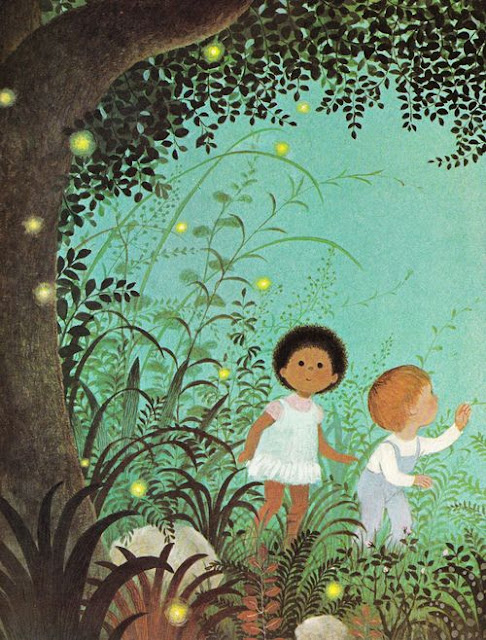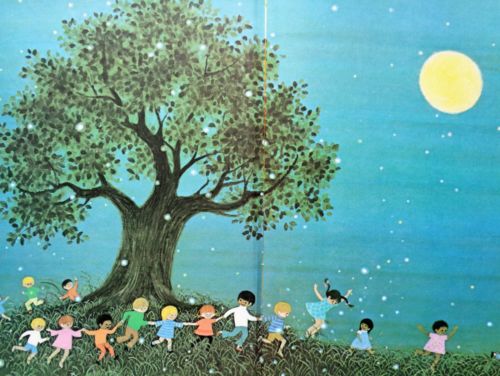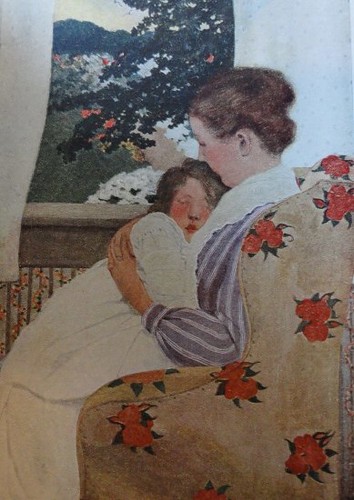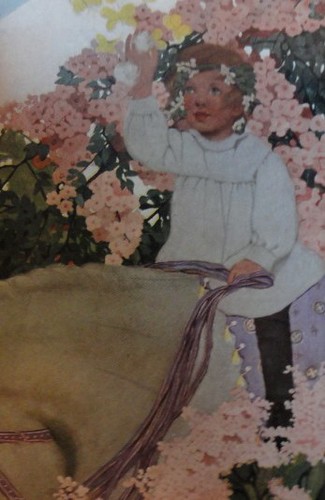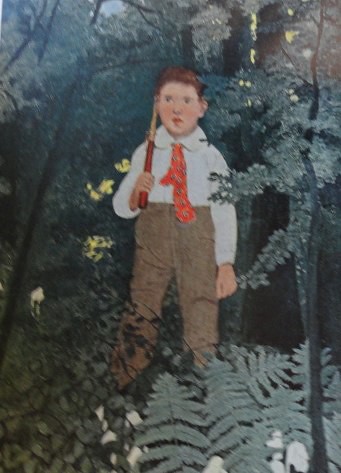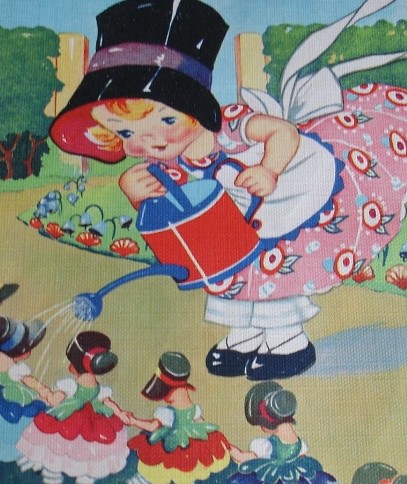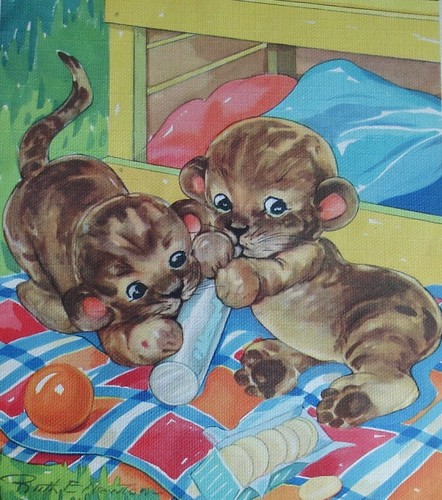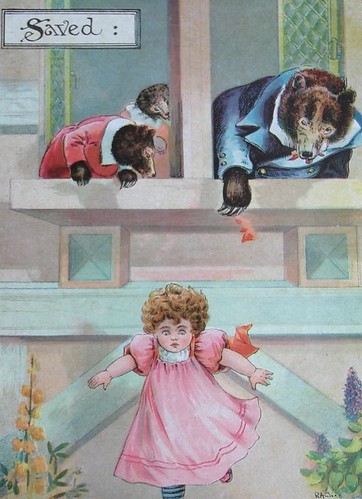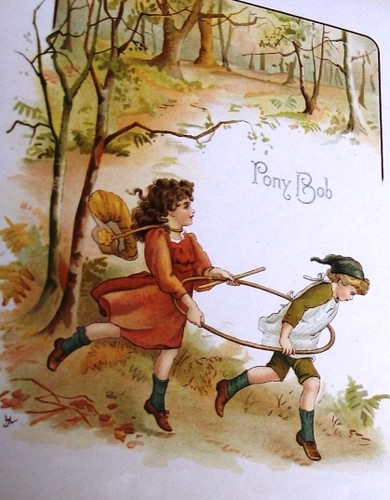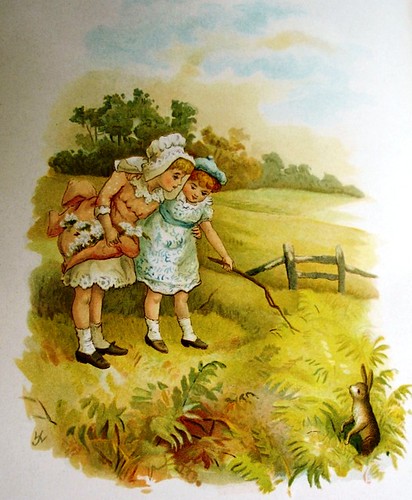Children and Nature Inspired Swedish Illustrator's Art and Stories
Elsa Beskow, 1874-1953, stands out among Golden Age women illustrators not only for her charming and detailed illustrations but also for her imaginative storytelling.
Beskow was born in Stockholm to an artistic family. She grew up listening to fairy tales and started inventing her own stories as a child and telling them to her little brother.
She married artist Nataniel Beskow who became a clergyman. Her work as author and illustrator helped support their family which included six children. She had to create one book per year while caring for her children to help support the family. (And illustrating a book a year is a quite a task.)
Beskow's art was inspired by her children with many of the characters being based on her own children. I can relate to this as I often end up adding either my dogs or young versions of my son (even myself) into my illustrations.
 |
Mother's Little Ollie |
I love this observation by Elsa of her children:
"With a great deal of planning and bother, you can take the children to the zoo and show them the wolves and the bears. Once there they become enthralled by a tiny stone at the side of the road or can talk of nothing but the ladybug creeping along the bars of the wolves’ cage. You might just have stayed home in the garden – there are both stones and ladybugs there,” said Elsa Beskow.
I can so relate; I remember taking my son to the zoo when he was a toddler and he was more interested in the sewer grates than the animals.
Elsa was a nature lover and her favorite season was summer. Her images recall the innocence of children in a rural environment during the long days of a Swedish summer. Her illustrations are full of detail and reflect back her love and appreciation for the outdoors and fuel a child's imagination.
 |
A mysterious orange egg has fallen into the woods. "It's a sun egg!" declares the elf who finds it nestled on the forest floor. Soon she and her friends find out what it really is, but not before the little elf goes off on one of the best adventures she has ever had.
 |
The Flowers' Festival
|
A lucky little girl is invited by the flower fairies to join them for their Midsummer festival. Gathering around Queen Rose, all the flowers and bumblebees and birds tell their enchanting stories, while Pea-blossom and the Dew-cups serve refreshments.
 |
Children of the Forest
|
The children of the forest live deep in the roots of an old pine tree. This book invites children to follow their engaging adventures through each season as they play hide-and-seek with the squirrels and throw snowballs in winter.
 |
The Land of Long Ago
Kelly and Kai love to play on the gnarled old tree trunk outside their cottage in the woods. Sometimes it becomes a horse, sometimes a crocodile, and sometimes even a dragon. One day a mischievous gnome brings the tree trunk to life, and the children are whisked off to the Land of Long Ago on the back of the old tree dragon.
|
Delightful verses and delicate, playful illustrations take young children through the special joys of each month of the year, from icy February to the green shoots of April, the red poppies of July, September's apples, and the delights of December.
 |
Elsa Beskow's classic story. Pelle has a lamb whose coat grows longer and longer, while Pelle's Sunday suit grows shorter! Pelle shears the lamb, and the wool is carded, spun, dyed and woven. Finally, the tailor makes a new suit for Pelle.This is a wonderful book to help children understand where their clothes come from and the traditional craft of working with wool.
For more visit: Elsa Beskow website.
|




